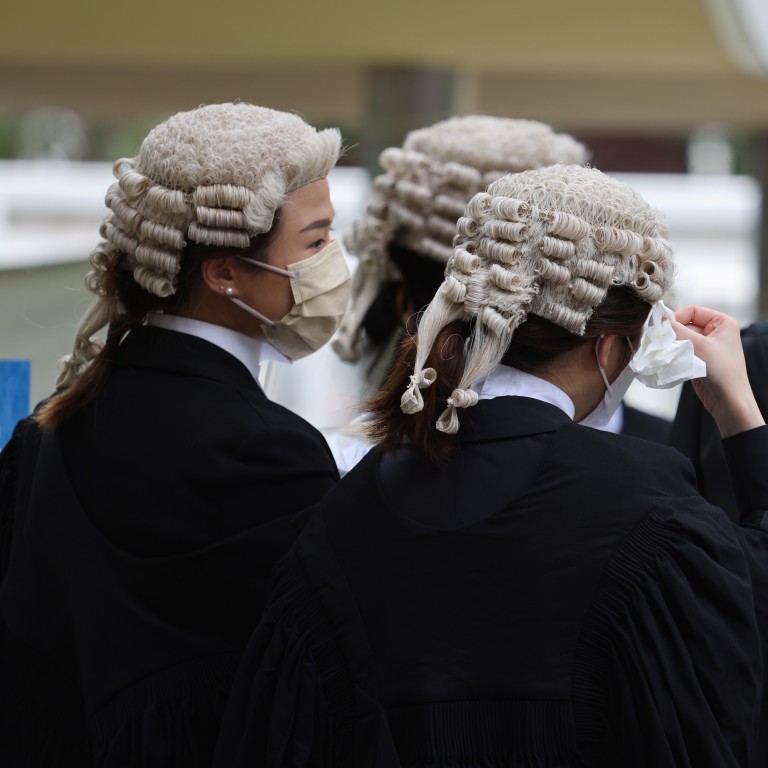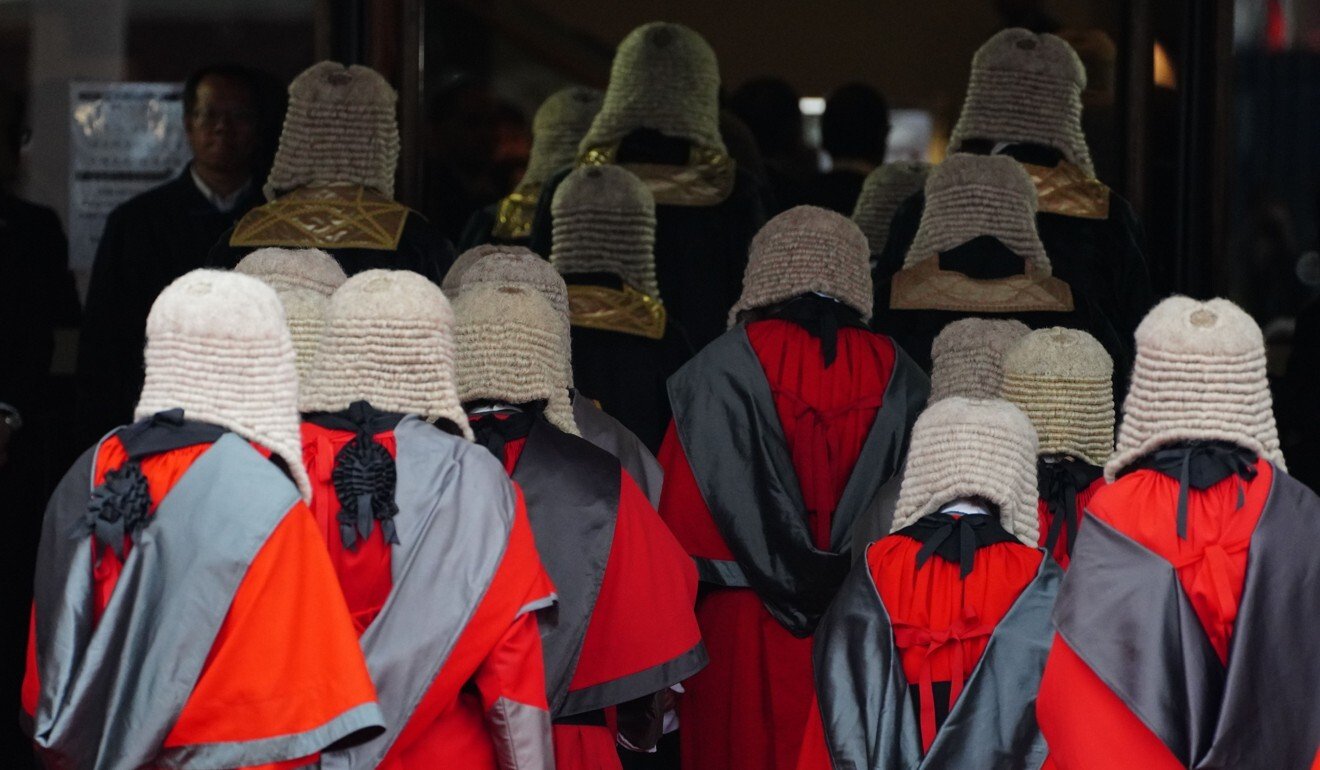
A Hong Kong judicial tradition that’s worth keeping
- While it’s right that exceptions are being made for religious reasons, the wearing of horsehair wigs by barristers is a practice that symbolises Hong Kong’s rule of law
The wigs and gowns worn by barristers and judges in Hong Kong’s courts are an enduring symbol of the common law tradition. The horsehair wigs, fashionable among English gentlemen in the 17th century, may appear incongruous and archaic.
But they serve as a sign of continuity and a reminder that the city’s legal system is different to that of the mainland. This is why the judiciary decided they should continue to be worn after the 1997 handover.
The requirement is not popular with everyone in the legal profession. The wigs cost thousands of dollars. They can become itchy, smelly and uncomfortable. But this is a small price to pay to keep the tradition alive.
Flexibility is needed, however, where religious considerations arise. A new rule that allows barristers to don religious headwear instead of a wig is long overdue.

The rule is not expected to apply to many barristers. But it will make life easier for those who find observing their faith is inconsistent with wearing a wig. Sikh turbans, Islamic headscarves and Jewish kippahs, are all examples of headgear that can be worn.
This arrangement, agreed by the judiciary and the Bar Association, seeks to ensure that any alternative headwear is in keeping with the need to maintain the dignity of the court. It applies only to “religious head coverings of unemphatic colour”.
The headgear must also not cover the barrister’s face. The relaxation of the rules respects religious freedom. It is also in keeping with the needs of a diverse and inclusive legal profession. Hopefully, it will remove one barrier that might discourage members of ethnic minorities from becoming lawyers.
There are sometimes calls for the wigs and gowns to be dropped altogether. Britain did away with wigs for civil and family proceedings long ago. But Hong Kong has a strong attachment to the traditional attire.
Last year, barristers and judges were even required to wear it during hearings conducted via video. There are good reasons for keeping the wigs and gowns, especially at a time of political change. They are symbols of Hong Kong’s legal tradition and rule of law. That symbolic significance will not be undermined by the granting of sensible exceptions on religious grounds.

